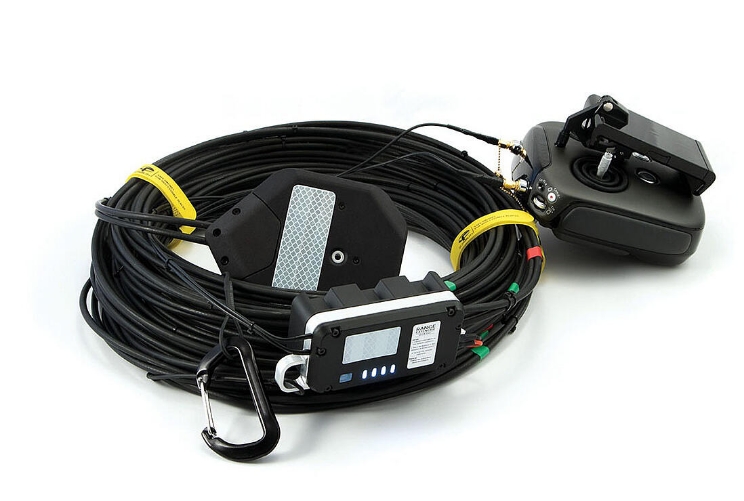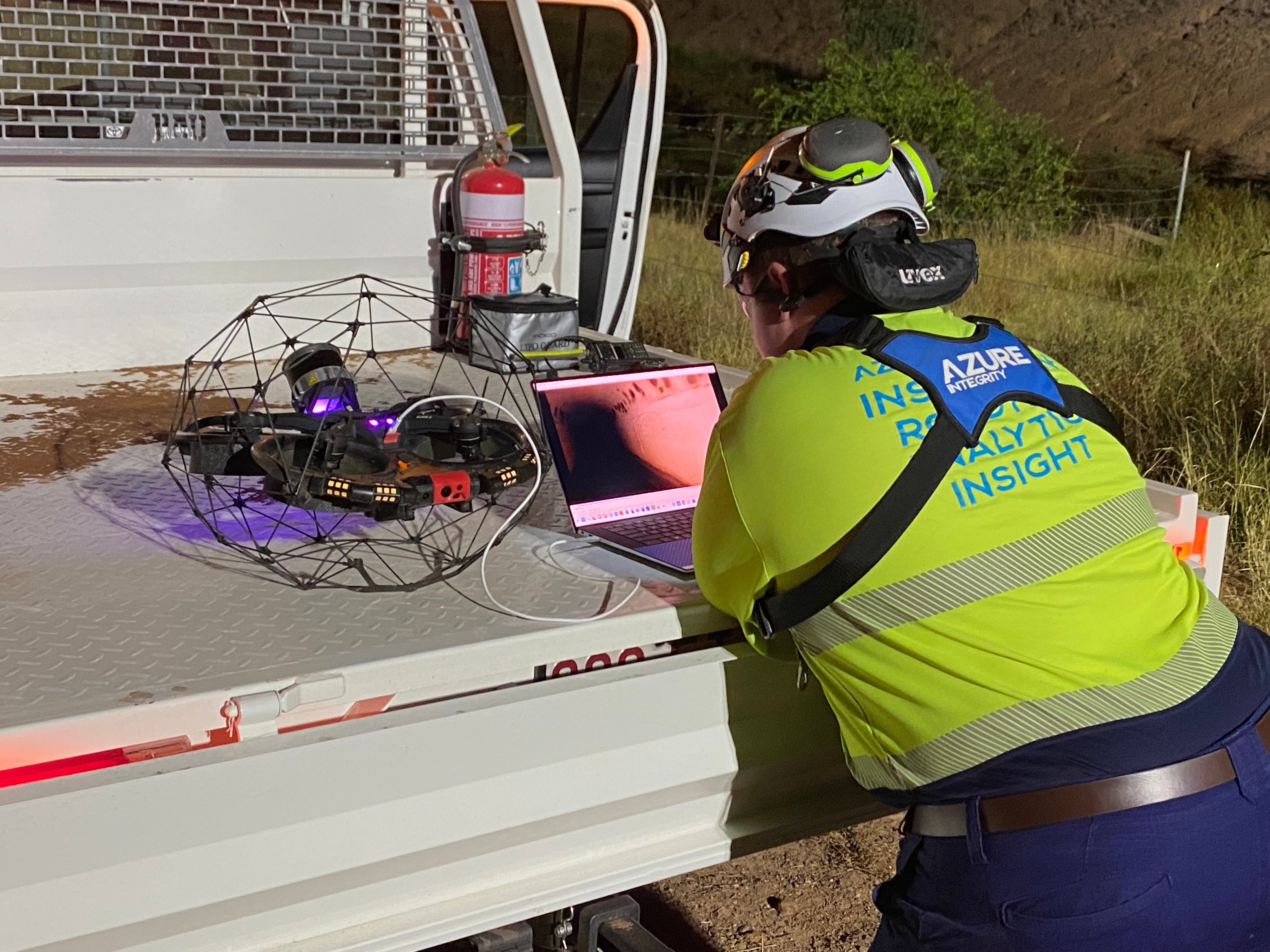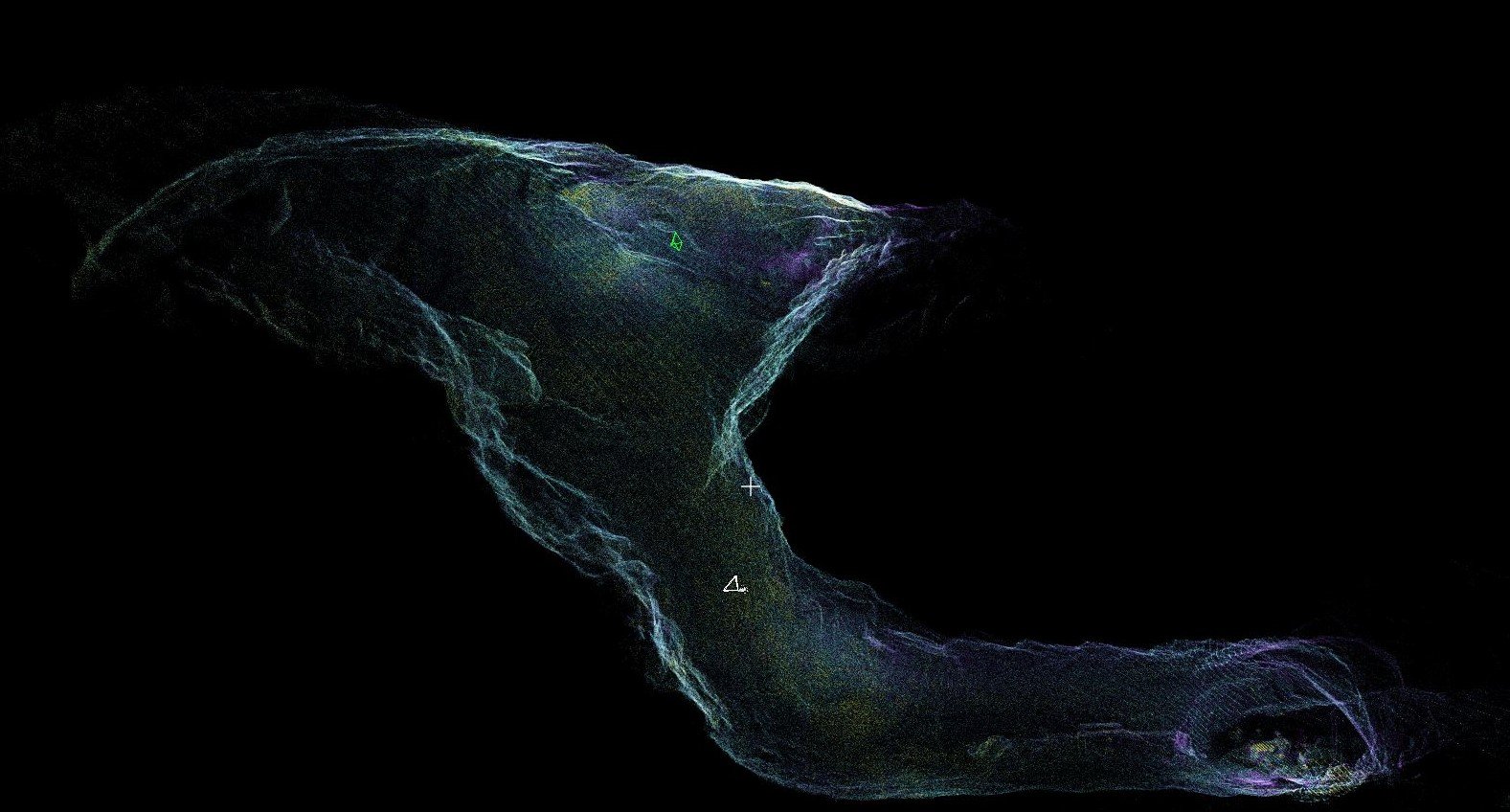
Safely access no-go
zones
Localize a hangup in less
than 10 minutes
Gain insights you could
not reach before
Efficient mining operations rely on safety and operational clarity
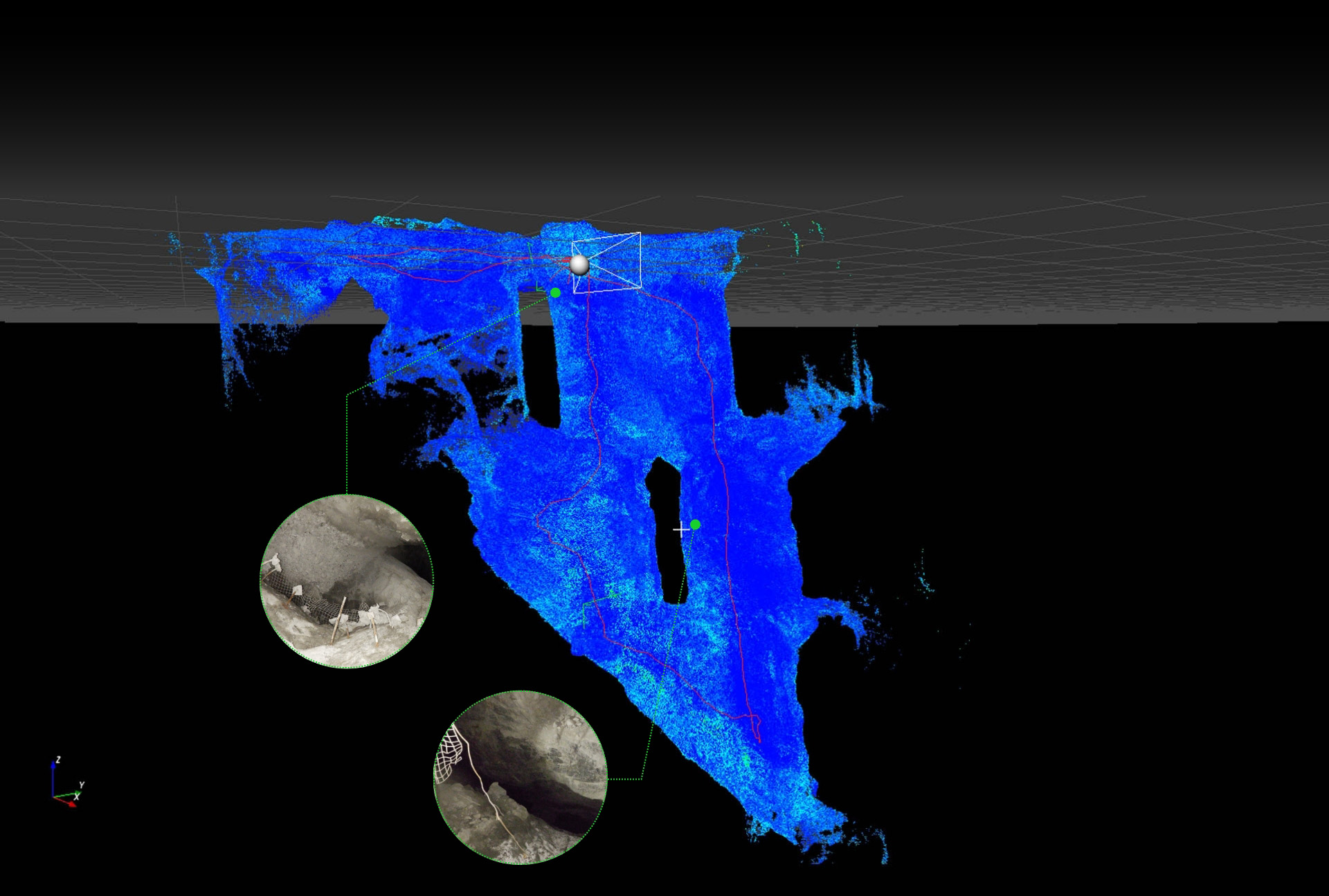
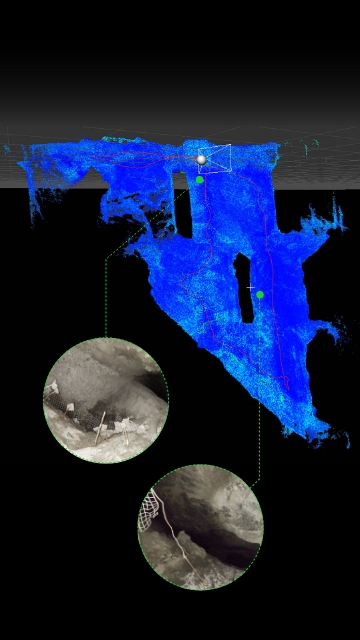
Software output: 3D model showing the ELIOS 3's trajectory and some of the points of interest recorded during the mission.
BENEFITS
Inspect, survey, and map inaccessible areas from a safe distance
Accessibility
Complete surveying tasks in areas that are unsafe or inaccessible to humans with traditional equipment.
Efficiency
Deliver centimeter accurate data in minutes rather than hours and make informed decisions faster.
Safety
Keep workers from dangerous working conditions using remote monitoring, mapping, surveying, and inspection capabilities.
APPLICATIONS
Access to advanced drone capabilities for a range of underground mining applications
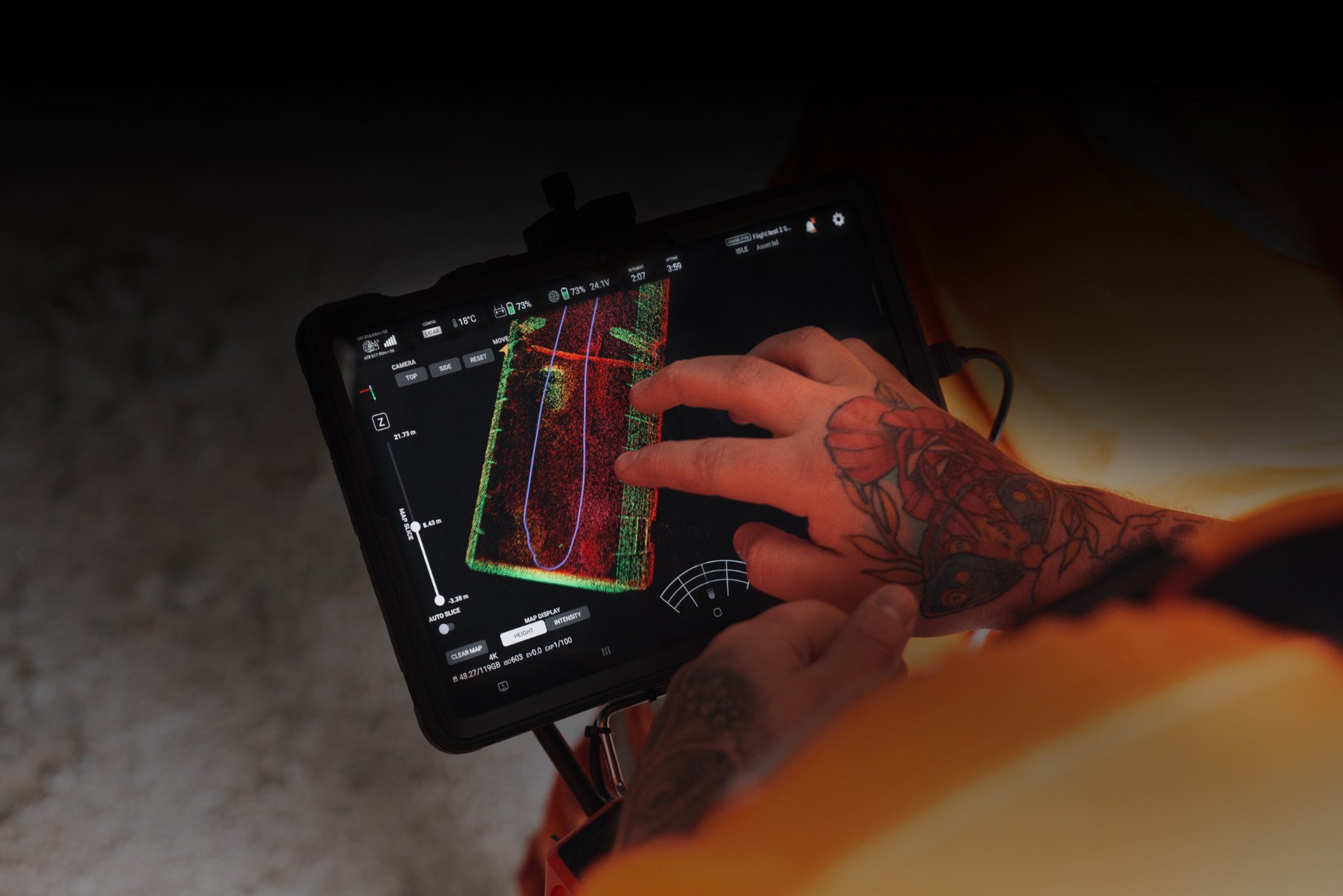
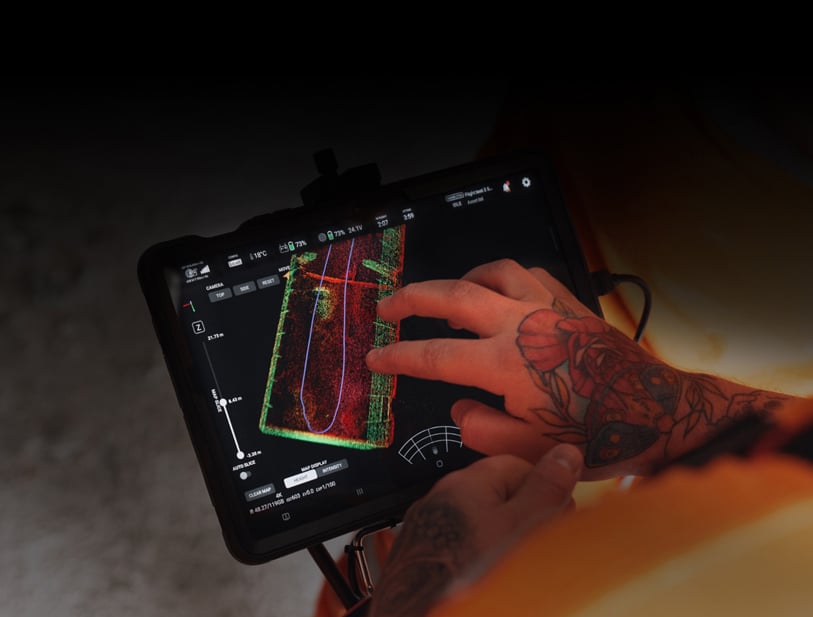
IN ACTION
Put an end to hazardous inspections and surveys
Underground applications for the ELIOS 3 are extensive. Thanks to its rotating LiDAR sensor, ELIOS 3 provides an omni-directional field of view, ensuring 3D data is collected in all directions. Accurate model measurement and volume calculations are made possible without GPS.
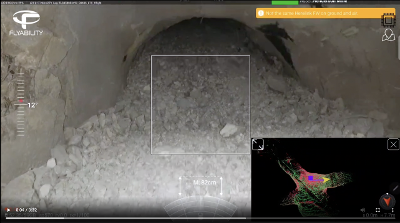
Inspect a draw point from a safe distance and get 100% visibility from the inside. Do it in less time than it takes to set up a traditional CMS.
| Speed | Ease of use | Accuracy |
| 10 min to capture high resolution point cloud data. | During the flight, navigate through the 3D live map. Locate the drone precisely inside the asset & visualize its exact trajectory. | Detailed 3D insights, with 100% coverage. |
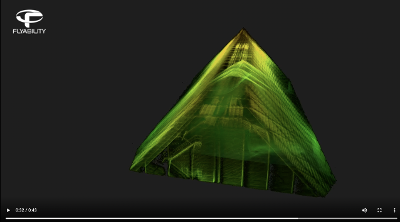
With the accurate LiDAR scanning, fully calculate your stockpile inventory and tighten up your forecasting.
| Speed | Safety | Accuracy |
| 9 min to capture the data with Elios (one flight) | No work at height. The data is collected from a safe distance | 3D models provide accurate stockpile calculations |
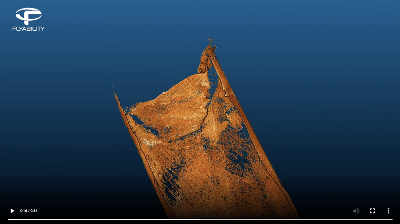
Precisely locate hangups from a safe distance and gather the data needed to plan for their removal.
| Speed | Access | Accuracy |
| ~10 min to find the cause of an ore pass hang up | Fly directly into the ore pass and gather both visual and LiDAR data | Geolocalize the hang up in the ore and see exactly how the hang up looks like |
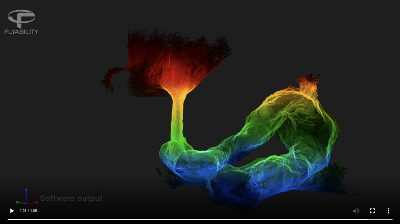
Perform regular ore pass monitoring and inspections to prevent hang-ups and keep the mine safe.
| Speed | Access | Saftey |
| ~8 min to inspect 2 ore passes and a small stope at -280 meters underground | 100% data coverage even in no-go zones | No workers exposed to hazards |
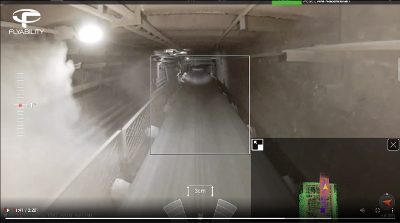
Establish standard procedures for routine inspections of heavy mining equipment, such as conveyor belts, ball mills, SAG mills, crushers, and stockpile feeders.
| Speed | Cost efficiency | Safety |
| Deploy a drone on demand without the need for elaborated safety procedures and/or complex scaffolding | Perform inspections without stopping the production with one pilot only vs. standard teams of 3-4 people | No workers exposed to hazards |
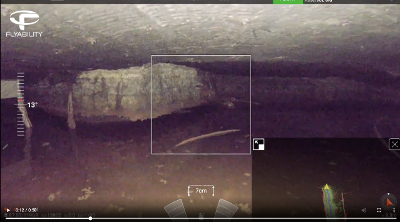
Quickly map and inspect large excavations to ensure they are in a safe condition.
| Speed | Access | Safety |
| Deploy a drone on demand without the need for complex safety procedures | Get 100% data coverage—even in no-go zones | No workers exposed to hazards |
Related Products
![]()
ELIOS 3 SURVEYING PAYLOAD
Highly accurate flying mobile scanner
Safely create centimeter accurate scans of hard-to-reach areas, with the Elios 3 Surveying Payload.
Learn More
Elios 3
Inspection and mapping of challenging indoors
Built to keep humans safe, the Elios 3 features a unique, collision-resilient flight controller that allows inspectors to collect data in inaccessible confined spaces.
Relying on the power of computer vision and LiDAR mapping, Elios 3 allows pilots to navigate mine workings, building a real-time 3D view of the drone’s environment and trajectory.
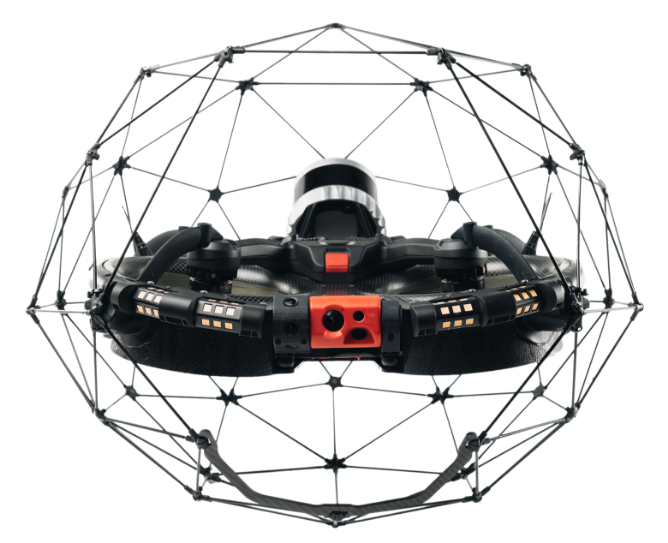
Testimonials
Mining more efficiently at Glencore Kidd Operations with Elios 3
“
“Elios 3 can get into places that other drones can’t sneak into. I see it being a true replacement for human eyes underground.”
Meggan Gidden
Ground Control EIT, Glencore Kidd Operations
They already trust our products
CASE STUDIES
Learn how mining companies are using our drones to monitor what is happening on-site
Frequently Asked Questions
In order to operate a drone, do you have to be an engineer or an NDE inspector?
No, it is not required but you should always be aware of the regulations concerning commercial drone operations in your area before flying). Piloting Elios drones is accessible to everyone who has completed the introductory training. Traditionally our clients work in teams of two when running inspections, one pilot and one inspector who can analyze the data on the spot. With this approach, each person can focus on their area of expertise.
How do I train my team?
Flyability has put in place a complete certification and training program that takes drone pilots from discovering the particularities of piloting a drone indoors BVLOS (Beyond Visual Line of Sight), to being able to perform the most difficult indoor inspection missions. The certification tests the pilots on their ability to assess the difficulty of a mission and puts their own piloting skills into perspective. Our training courses are defined and provided by professional pilots with extensive mission track records using Elios drones. Every bit of theory you will learn is backed-up by practical exercises directly applicable to your everyday job as a pilot. Operators following our training courses receive a valuable professional certification, acknowledging their proficiency at using Elios drones.
Do I need to adapt my Standard Operating Procedures?
Asset owners are responsible for deciding whether to modify their SOPs to accommodate the use of drones. Nevertheless, SOPs provide a method to communicate the process changes to employees. As they no longer rely on humans to enter confined spaces for inspection, most of our customers update SOPs to take the drone into consideration.
Can a drone be used as a formal inspection tool?
Several clients have conducted formal inspections using our products that have been approved by classification societies. You can read more about an example in this article: https://www.flyability.com/articles-and-media/can-a-drone-be-used-as-a-formal-inspection-tool
The thing to note is that drones can't permanently be recognized as a formal inspection tool, since inspectors are agnostic to specific tools. Rather, inspectors can approve a given tool in a specific inspection when they see the data it can produce.
How to process inspection data?
Once your mission is completed, you can simply connect Elios to your computer using the USB port fitted on the top of the drone to import all data in Inspector, our companion software.
After retrieving the flight data, you have immediate access to a high resolution point cloud of your assets that you can visualise in Inspector. You can then review your POIs and document your inspection by taking notes in the POIs, making measurements, and exporting your data as a report.
Are drones intrinsically safe?
ATEX is the European certification given to equipment tested and approved to be intrinsically-safe.
The Elios drones are not ATEX rated / intrinsically safe. It is hardly possible for a drone to be intrinsically safe (none to date).
You will need to perform a procedure to neutralize the environment of the asset you want to inspect like you would do when doing a manned inspection. You still have a lot to gain when performing the inspection with a drone instead of a human. For example, you can use nitrogen to neutralize the asset and send in a drone right away. If you do the same for a manned inspection, the inspector would have to carry a breathing apparatus and you would need to deploy bystanders, which is much more complicated and dangerous.
For more information on this subject, please follow the link: https://www.flyability.com/articles-and-media/are-drones-intrinsically-safe
Can I fly Elios drones outdoors?
Flyability drones can fly outdoors in ATTI mode to inspect outdoor assets. However, it is not recommended to do so as it is much harder to control the drone in ATTI mode. This use case is reserved to experienced pilots only. Keep in mind that flying outdoors is subject to airspace regulations, unlike indoor flights.
Should I insource or outsource drone-based inspections?
It depends on your usage and the regulations in place. Some industries may require a qualified and certified inspector to perform an inspection. In case you would like to outsource, there are service providers that use the Elios drones all around the world.
For more information on outsourcing, consult the following links:
Insourcing versus outsourcing your industrial inspection drone program
Drone Inspections Insourcing vs Outsourcing Your Drone Inspection Program
What is the size of the smallest defect the Elios drones can spot?
With Elios 2 & 3, you can capture images with a Ground Sampling Distance of 0.18 mm/pixel when standing at 30 centimeters from the surface you inspect. With this accuracy, you can easily spot defects that are a few millimeters wide such as small cracking patterns in the walls or a hole inside of silos.
For more information on the resolution of the Elios 2 camera:
Drones Camera Resolution: Three Metrics You Should Know About
For more information on the types of data the Elios 2 can collect:
https://www.flyability.com/articles-and-media/data-capture-elios-2
Is dust a blocker for drone-based inspections?
Industrial indoor spaces are often full of dust, which makes First-Person View aircraft navigation difficult. Elios drones feature a dust-proof lighting system that allows you to traverse dirty places without losing sight of your objective. And for the extreme cases, you can navigate inside assets relying solely on the live map created by LiDAR and displayed instantly in Cockpit.




